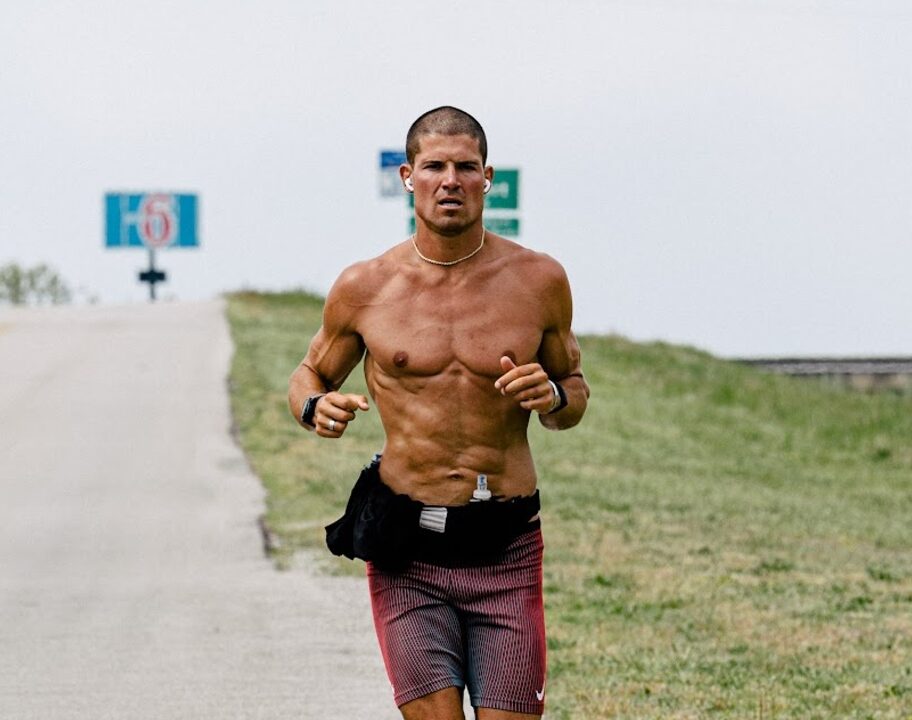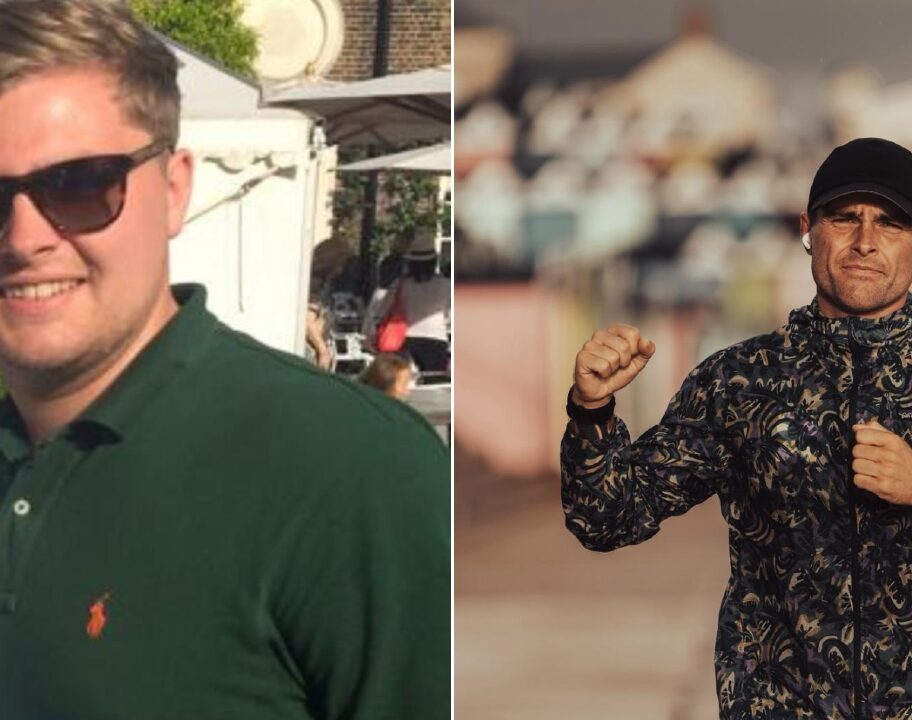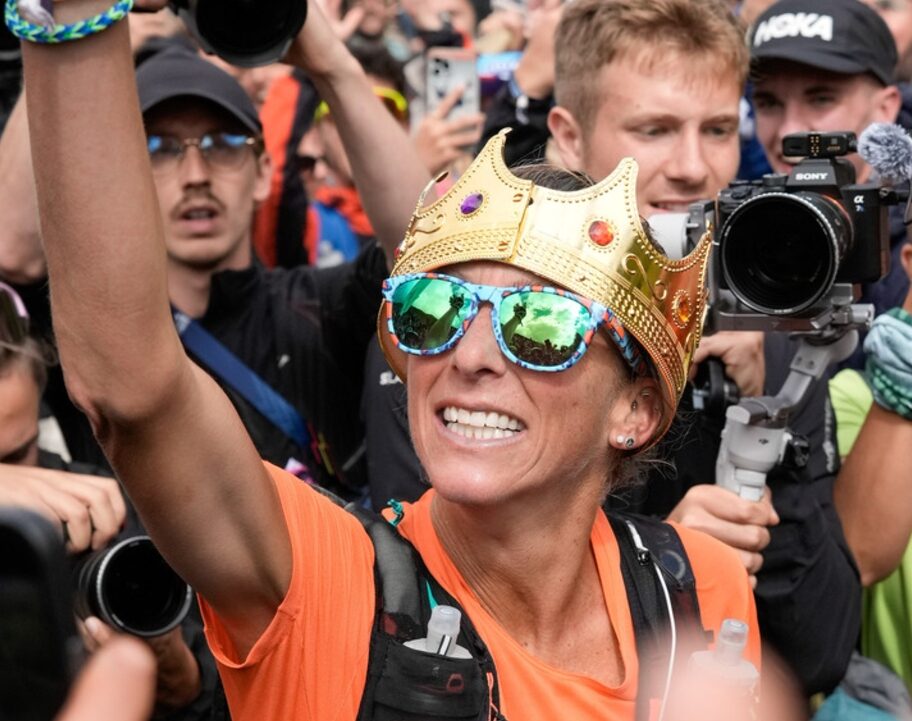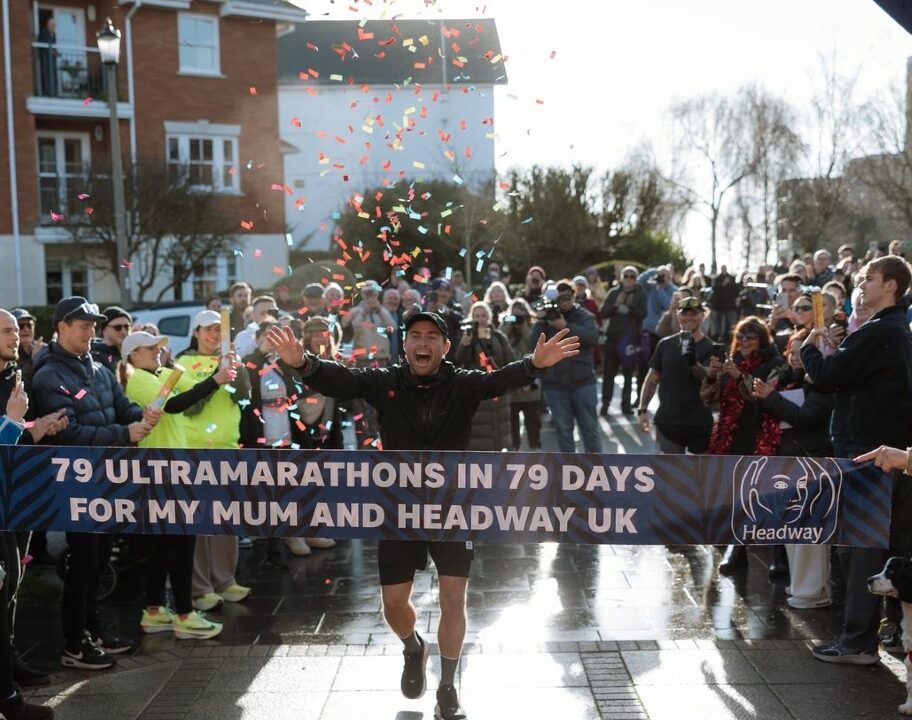Coros have released Kilian Jornet‘s data files from Western States – and they illustrate just what a perfectly judged race he executed.
The undoubted GOAT of men’s ultrarunning, Jornet was returning to the oldest and most iconic 100-mile race for the first time since his 2011 victory.
Now 37, he clocked a time 80 minutes quicker than 14 years ago as he finished strongly to take third place.
Caleb Olson claimed the win, with Chris Myers in second but just eight minutes covered the front three – and Jornet was rapidly closing in the final stages.
Waiting game
Early on no fewer than nine athletes were ahead of course record pace but Catalan star Jornet was content to bide his time in what became searing heat.
Training at home in Norway in what were very different conditions was a part of the project which had appealed to Jornet and as he said in his finish-line interview: “The heat training, it did work actually. And yeah, I think it’s interesting to see that we can train specifically for races like this, just with a bit of imagination.”
And on the deep-dive Coros blog [which you can read in full here], he added: “I paced myself to have something left for the end.”
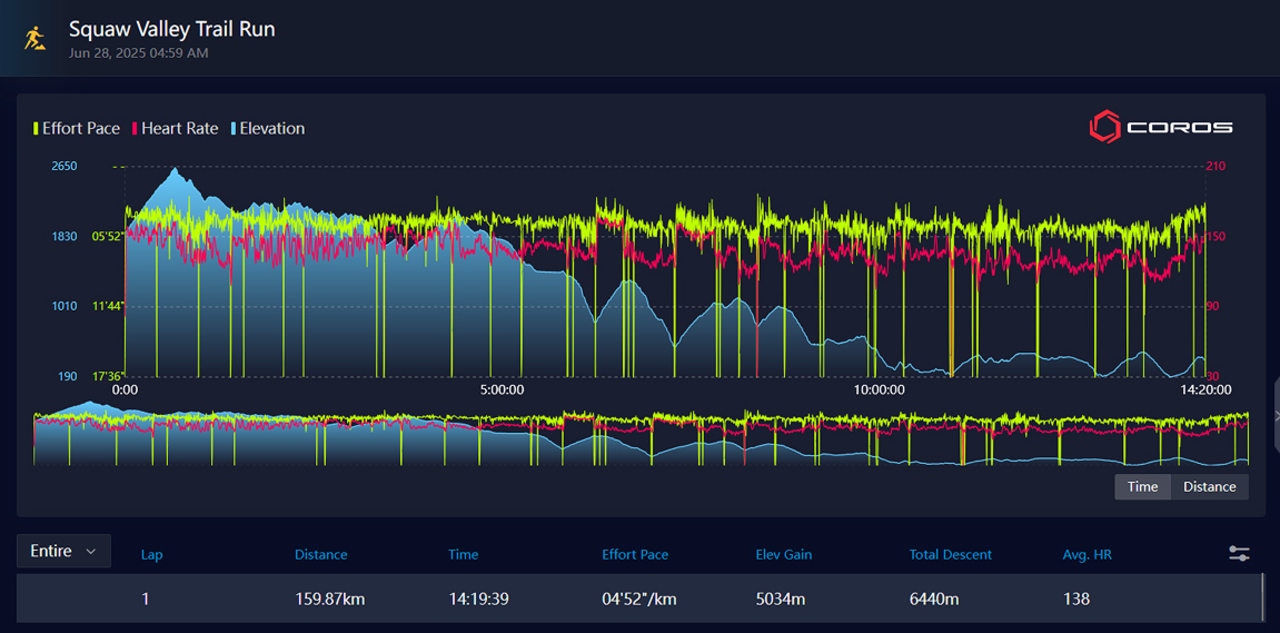
A look at the data shows that Jornet conserved his energy in the first 30 miles while others pushed a pace which was quicker than the splits from Jim Walmsley’s 2019 course record.
Walmsley himself was a guest commentator on the live broadcast at the time and he predicted then that there would be carnage later on!
Strong finish
Jornet made his move at mile 44 – he crossed the “Last Chance” aid station in eighth place and in that next four-and-a-half mile section, which featured some of the steepest downhills and uphills on the course, he put his plan into action as he raised the tempo on the climbs.
During that climb to Devil’s Thumb he moved up from eighth to third and he continued this strategy for the following inclines as well, while taking it relatively steady on the descents.
He told Coros: “In the canyons, I was taking it kind of easy in the downhills to not destroy the muscles, and in the uphills I could push well. Until the river crossing [at mile 78], I was trying to control the pace and the heat.”
As one of the best uphill runners in the world it was no wonder it paid dividends and the data shows he spent most of the race in heart race zones 2 and 3, only entering zone 4 on those key uphill climbs.
After 90 miles, he was eight-and-a-half minutes behind second place but in those final ten miles, he closed that gap to less than two minutes.
“In the last five miles, they told me that the ones in front were pretty close. I was surprised and I tried to push even more. It was nice to feel strong to finish the race,” he said.

In all a beautifully paced race – and incidentally, that course record of Walmsley lives on for at least another year.
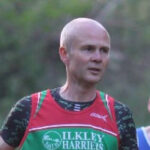
![Hannah Rickman Montane Winter Spine Race 2025 [Photo credit: The Spine Race]](https://run247.com/wp-content/uploads/2025/01/Hannah-Rickman-Montane-Winter-Spine-Race-2025-912x720.jpg)
